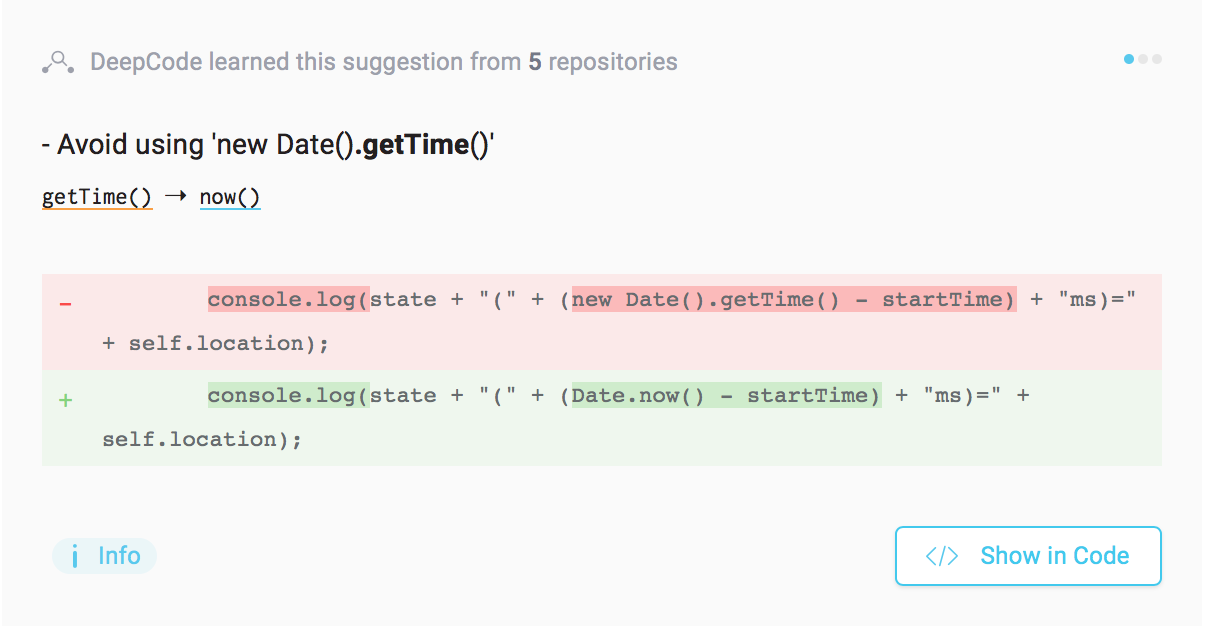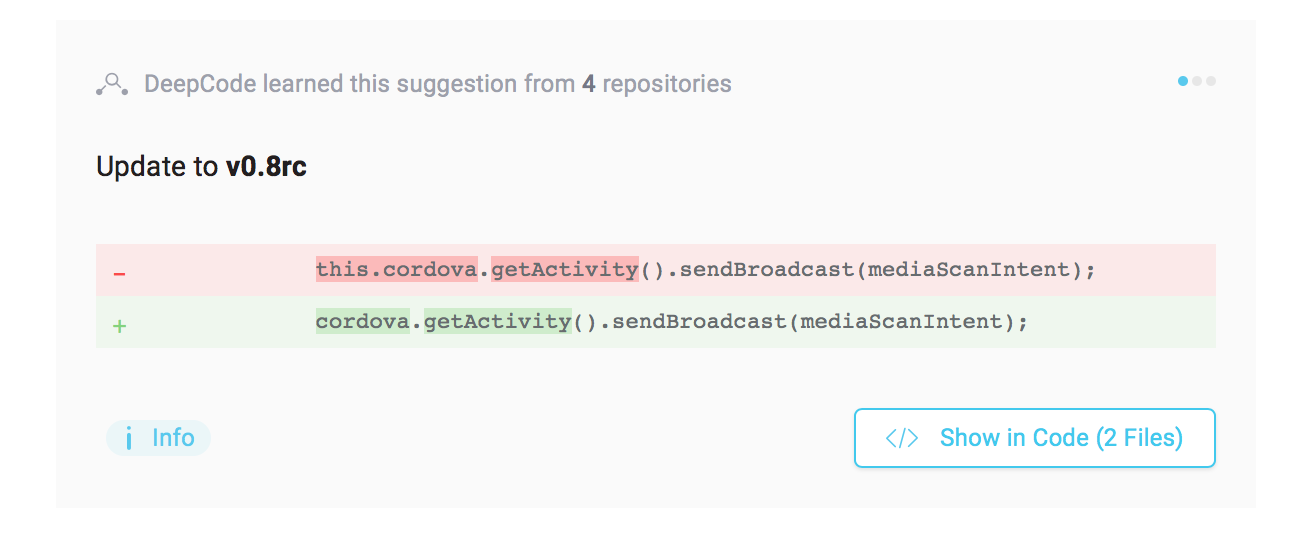We all know the success of America’s leading startup hubs, cities like San Francisco, New York City, Boston and several others. Entrepreneurial talent, risk-seeking venture dollars, and dense human networks form an alchemy leading to wealth, jobs, and growth. The main streets and malls of the Midwest may be devastated, but you would never know that walking through the Hudson Yards development on the west side of Manhattan or in San Francisco’s SoMa neighborhood.
Despite their dizzying performance, the intense concentration of success in these zip codes does not bode well for the wider American economy. Geography and zoning ordinances prevent millions from migrating to these hubs, and for those lucky few who can make a living, high housing prices and other costs can place incredible stress on young families.
If we want to ameliorate inequality while lowering that cost burden, then it is up to cities across the nation to build up their own ecosystems and compete effectively. And those cities cannot just be the megalopolis global cities, but have to include the smaller urban cities that are often the core of regions outside the coast.
I have seen few cities sell themselves as effectively as Chattanooga, whose mayor Andy Berke visited TechCrunch’s offices recently. He was accompanied by Luke Marklin, the CEO of tech-enabled moving startup Bellhops, which has raised $27.2 million in venture capital according to Crunchbase.
The two have teamed up to share the gospel of Chattanooga, but their vision could also be the vision for the future of urban cities in America. The story at this point is well-told: the formerly down-on-its-luck Tennessee city brought its community together in the 1980s and 1990s to revitalize its downtown area. Following the 2008 global financial crisis, the city’s power utility started to revamp its infrastructure, and ultimately decided to build out a gigabit municipal fiber infrastructure for the city of about 175,000.
With that bandwidth in hand, the city has embarked on building a startup hub. It has invested significant resources into its downtown innovation district, and it has worked hard to program events and amenities that will attract a diverse and talented workforce. That concentration is intentional. “We can’t have our assets spread out in a city of our size,” Berke explained. “We need to juice up activity in that ecosystem so that it feels like an ecosystem.”
What makes Chattanooga competitive though, and ultimately an interesting case study of urban leadership, is the mayor’s and the city’s deep understanding of trade-offs. With just over 175,000 people, the city’s population is just slightly higher than the startup-focused Flatiron District in New York. Chattanooga, while a distinctive name, is also not the first city that people think of when they are considering locations to migrate to.
While the city has desirable outdoor and cultural amenities, Berke is realistic about how many people might consider Chattanooga as an adopted home. “We don’t need 10,000 engineers moving to Chattanooga to survive,” he said. “You have to grow more talent, because you don’t want to solely rely on the attraction piece.” He gave the example of connecting businesses with the leadership of the local university to ensure that the skills that graduates were learning lined up better with the needs of industry.
By focusing that training on local residents, startups that might otherwise flee to the Bay Area at the first sign of a VC investment decide to stay put. Berke, speaking about Marklin and Bellhops, said that “He is approaching 100 people and when it gets to 250, that creates tremendous wealth in our community, and most of that wealth gets reinvested in the area as opposed to other types of businesses.”
Chattanooga has become a competitive city. It has used its natural endowments, its institutions, its people, and its community to foster a new generation of its economy. That isn’t a panacea for all social or economic problems of course, but the city now has a base upon which it can continue to improve the quality of life for all of its residents and potentially some transplants as well.
James Fallows wrote something of a paean to local governments this week in his cover piece for The Atlantic. Fallows has spent the past few years investigating an interesting trend in American polling: “Even as national politics induces distrust and despair, most polls show rising faith in local governance.” The reason becomes obvious as he travels around the country. Local governments are shoring up their communities through engaged citizens, smart services, and a focus on bringing everyone together around the future of their homes. In short, they look a bit like Chattanooga.
I am a bit more skeptical than Fallows though of the strength of America’s local governments. While there are certainly success stories, there are also 307 American cities with populations above 100,000. Every single one of them should be focused on increasing their competitiveness using whatever resources — however meager — they have.
The key is that cities don’t become competitive with solutions, they become competitive through systems. Transforming an urban area’s built environment and economy is a process measured in decades, not months. Systems ensures that people and institutions are working together for the long-haul, so that when a mayor leaves office, the progress of a city isn’t suddenly halted.
Chattanooga shows what happens when a city can maintain that multi-decade focus on growth and revitalization, while also adapting itself to the realities of the talent inside its borders and the economy in the world at large. Chattanooga may never be as dense as New York City, but it can certainly find a seat at the economic table and be an attractive place to live. Ultimately, we need hundreds of Chattanoogas, urban cities with dynamic economies that offer affordable alternatives to the most expensive startup hub cities in the country.
Source: Tech Crunch






